Tskaltubo: 30 years after the War
-
0
-
0Shares
The displaced people of Tskaltubo thirty years after the war
(la versione in italiano e la gallery completa sul blog di Edoardo. Clicca qui)
SUMMARY:
Edoardo Agresti's new reportage is about the history of Abkhazia and the displacement of over 200,000 Georgians due to the conflict that arose in the region after its declaration of independence from the Soviet Union in 1991. Many of the displaced Georgians settled in Tskaltubo, a once-popular Soviet-era spa town that was a favorite among Eastern Europeans seeking rest and relaxation in its thermal waters rich in radon and nitrogen. Stalin himself had visited the town in the 1930s and established a spa of excellence where Soviet citizens could benefit from 20 days of free treatment each year. Today, many of the Soviet-era spa buildings are in a state of disrepair and have been occupied by refugee families, many of whom have been living in the crumbling structures for three decades. Despite government efforts, many families remain in these unsafe structures due to the lack of alternative housing options.
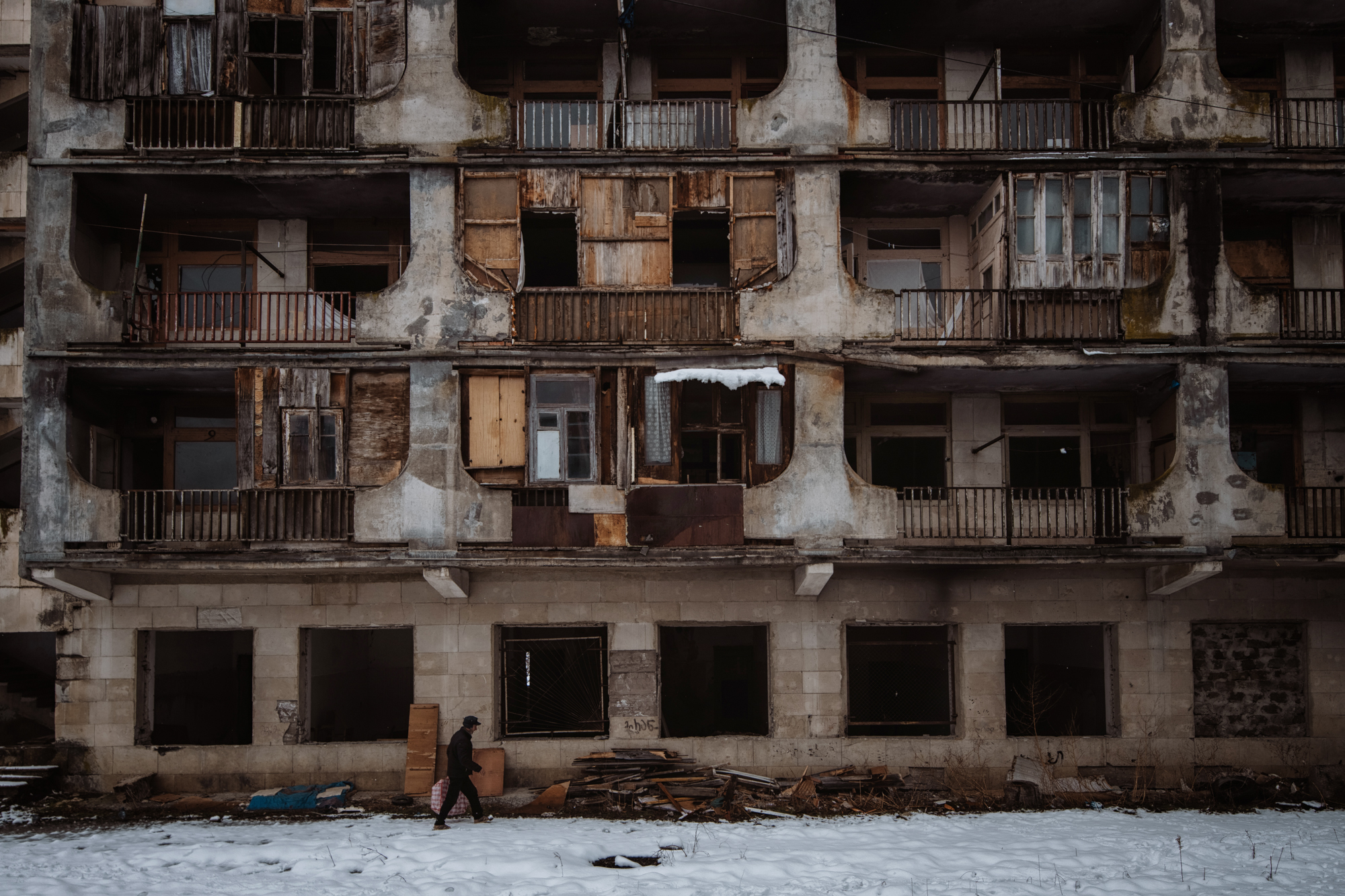
In the years in which the USSR ceased to exist under the blows of Gorbachev's perestroika, secessionist sentiments were fueled in some regions in the north of present-day Georgia. After the latter declared its independence from the now dissolved Soviet Union in 1991, the region of Abkhazia proclaimed itself an independent republic.
This ignited, the following year, a violent conflict with the newly formed Georgia which claimed its territoriality.
The war ended in 1993, with the conquest by Abkhaz secessionists, aided by the Russian military, of the capital Sukhumi and the signing of a peace treaty in Geneva, which however never led to a definitive cessation of hostilities. In 1994, the Sukhumi parliament proclaimed the sovereignty of the Republic of Abkhazia recognized however only by 6 sovereign states including Russia, Venezuela and Cuba.
In those years, dramatic phenomena of "ethnic cleansing" followed one another: in the spring of 1995 the Georgians present in Abkhazia - who in 1989 still constituted 45% of the population - were now reduced to only 35,000.
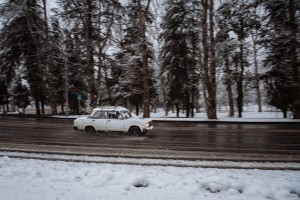 Partly victims of the persecutions carried out by the Abkhaz, partly refugees in the face of the climate of violence and massacres - officially recognized by the international community - over 200,000 Georgians were therefore forced to abandon their homes and undertake a long journey across the Caucasian mountains. Many of them, for the past thirty years, have settled in Tskaltubo, the Georgian city once crowded with Soviet oligarchs, Lenin above all, who spent the winter in the sumptuous city 'sanatoriums' amidst massages and therapeutic treatments thanks to the healing properties of the thermal waters rich in radon and nitrogen.
Partly victims of the persecutions carried out by the Abkhaz, partly refugees in the face of the climate of violence and massacres - officially recognized by the international community - over 200,000 Georgians were therefore forced to abandon their homes and undertake a long journey across the Caucasian mountains. Many of them, for the past thirty years, have settled in Tskaltubo, the Georgian city once crowded with Soviet oligarchs, Lenin above all, who spent the winter in the sumptuous city 'sanatoriums' amidst massages and therapeutic treatments thanks to the healing properties of the thermal waters rich in radon and nitrogen.
Here, until 1989, hundreds of thousands of people came every year from all over Eastern Europe to rest, have fun and treat respiratory and cardiovascular diseases, thanks to the therapeutic qualities of the local spas.
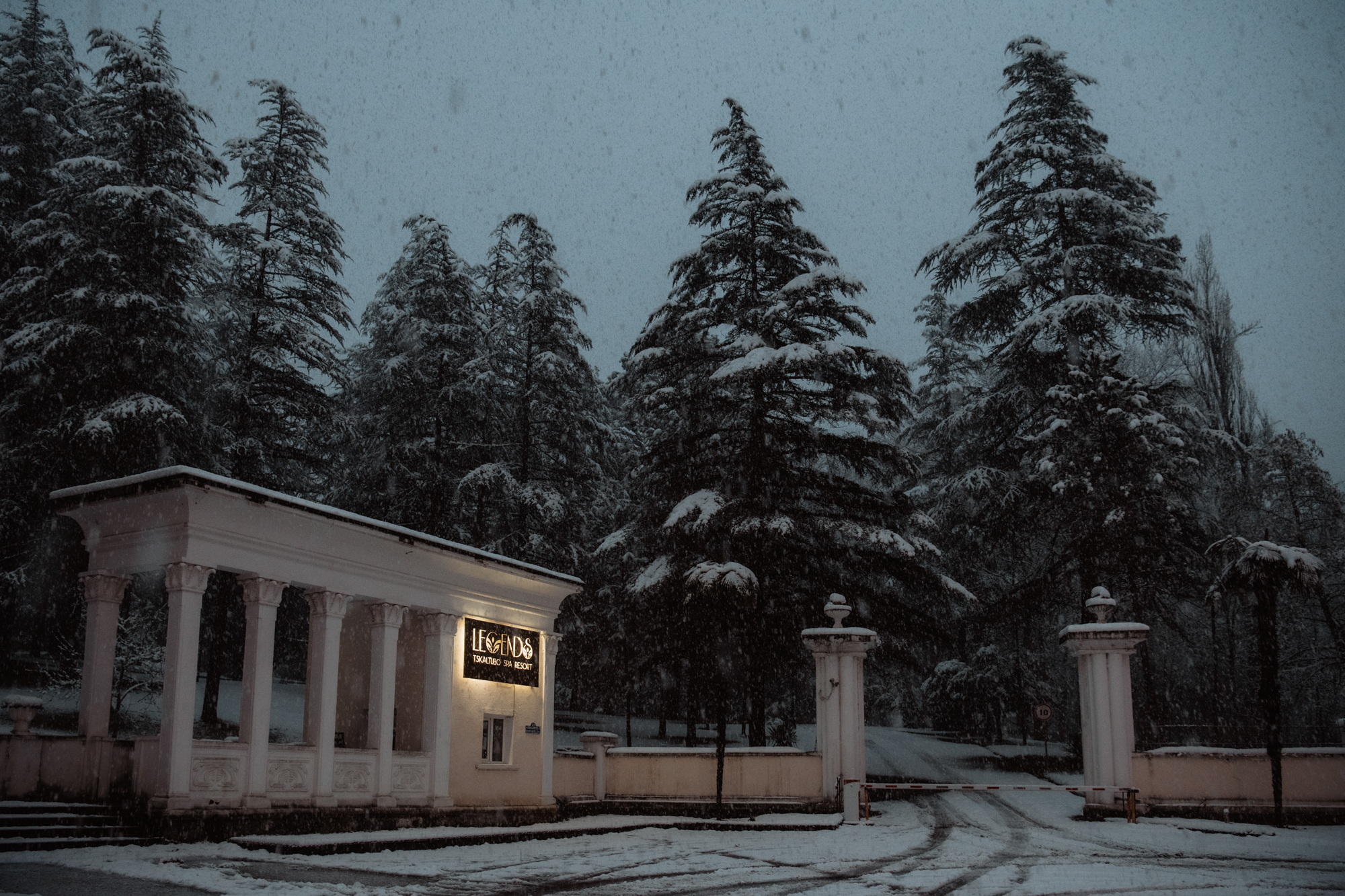
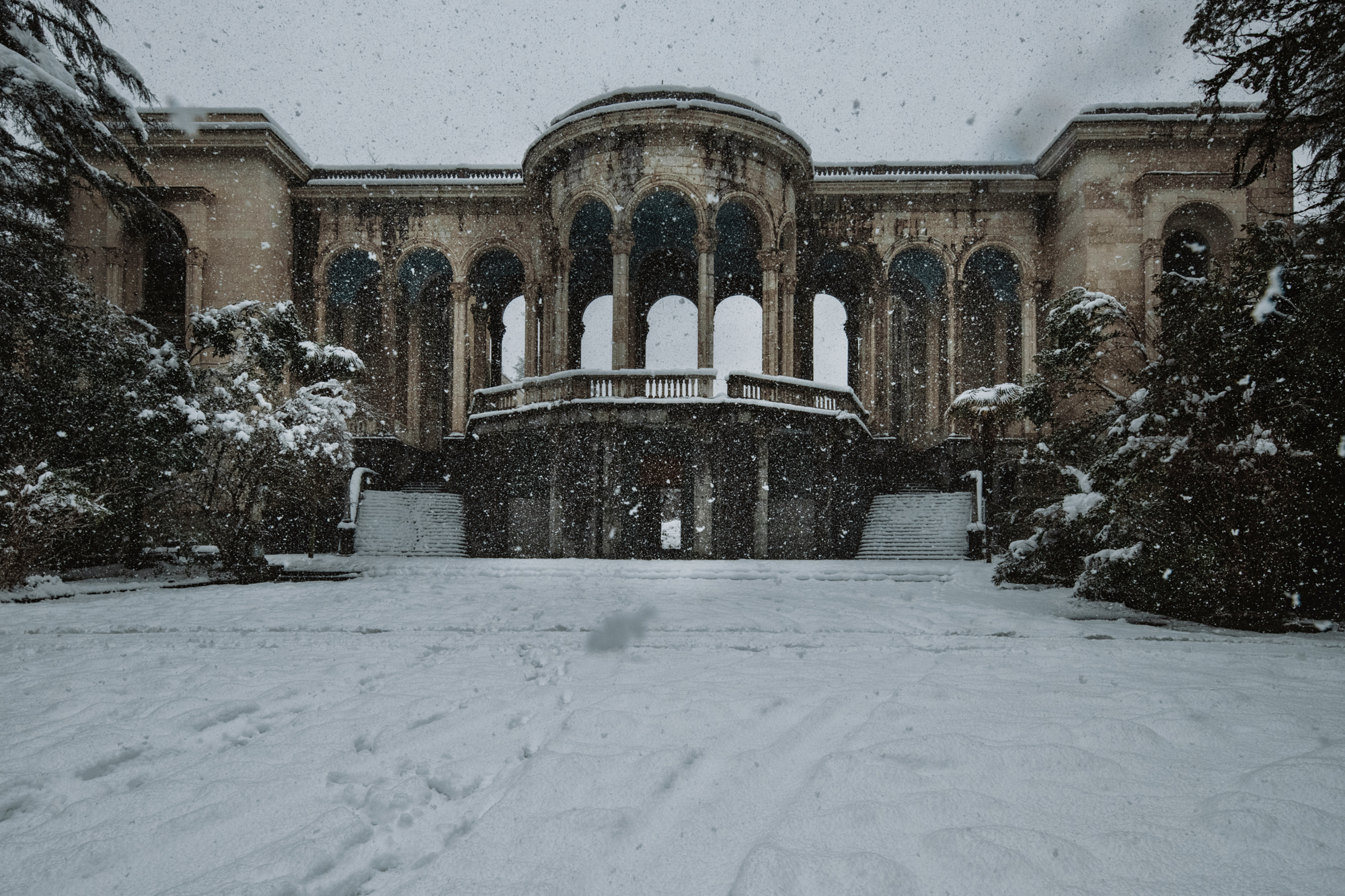
As early as the 1930s, the chemical composition of Tskaltubo water - the very high levels of radon and nitrogen keep the temperature stable at around 35°C - was the focus of extensive hydrogeological studies by Soviet scientists.
No other source on the entire Eurasian continent had similar characteristics.
When Stalin first visited the area in 1933, he was struck by the fact that just 200km from his hometown of Gori, there was a place where the water had the same temperature as the human body and was able to fight over sixty different diseases.
He therefore established that the thermal city of the people would be born there and in just nine months a gigantic marble palace was built connected to the "miraculous" springs.
Thus was born one of the first great wellness centers in the Union, a spa of excellence where Soviet citizens could benefit from 20 days of free treatment every year.
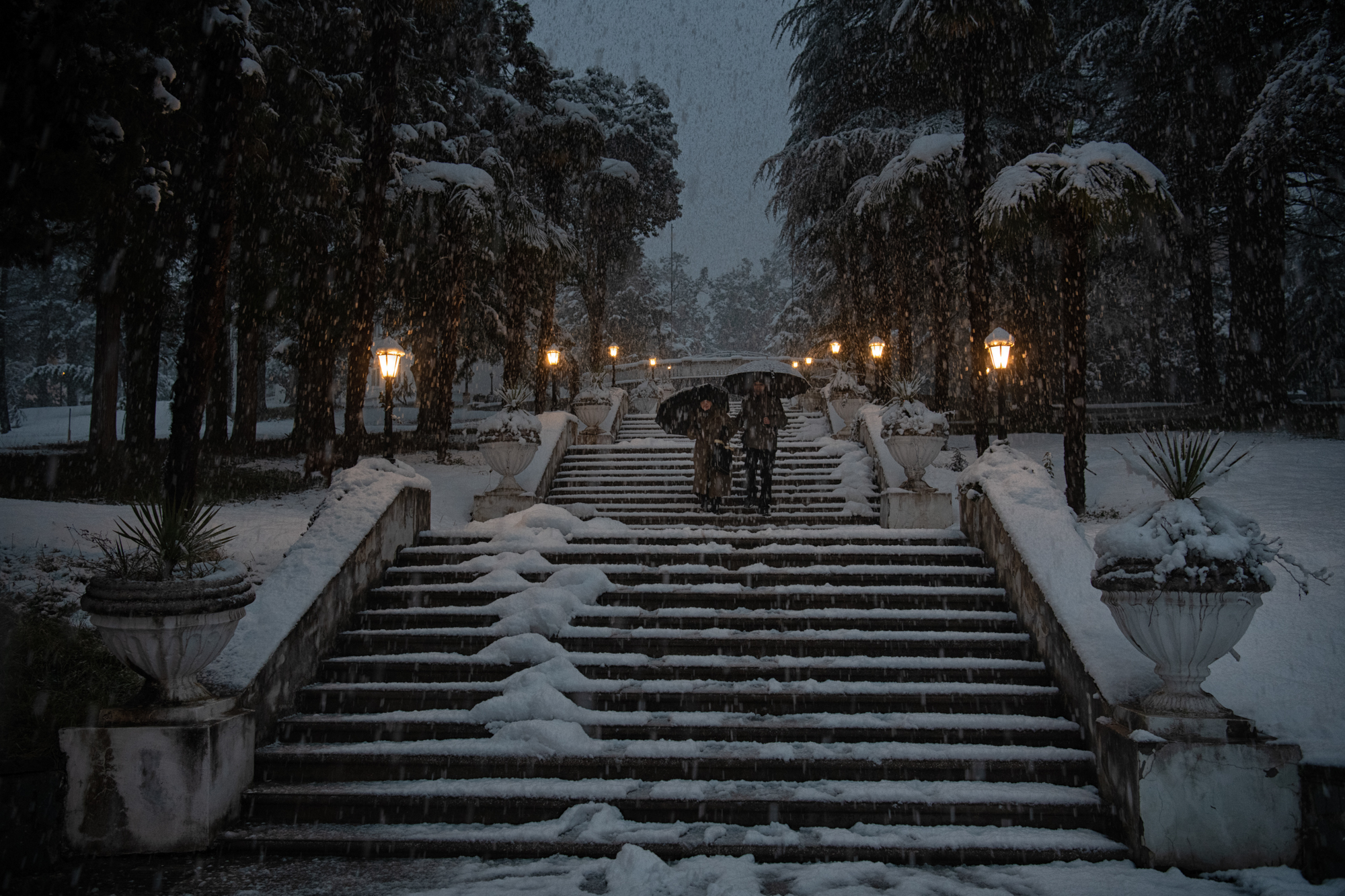
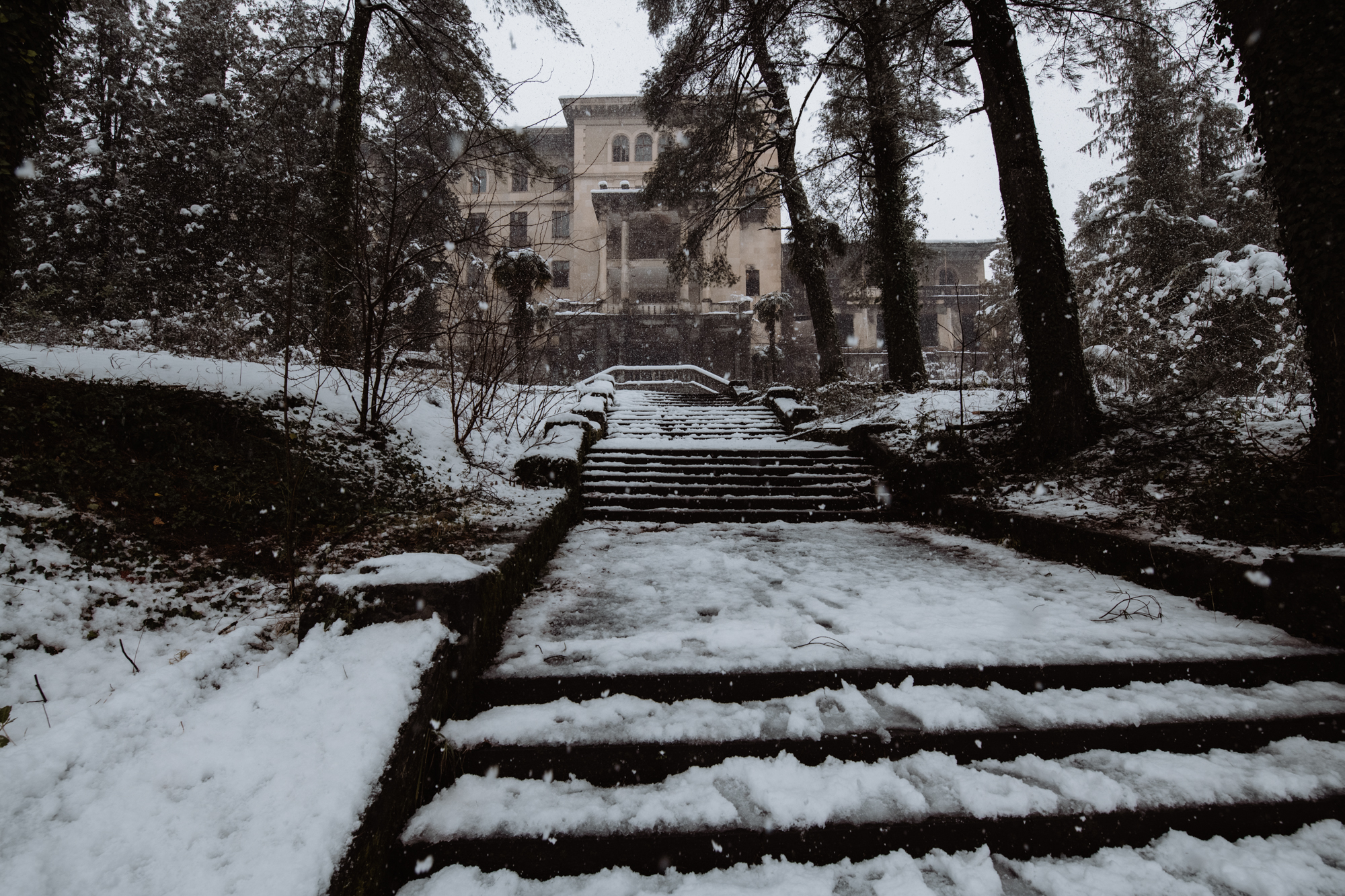
In the "Stalin's bathroom", as the imposing white building in the center of the area is still called today, all the top leaders of the Union and the most important allies relaxed. Stalin resided for several weeks a year in the current Legends SPA Resort which has kept intact over time - it was built in 1947 - its original structure thanks also to a profound restoration.
On the side of the central body is the building that housed the Soviet dictator's study, living room and personal bedroom, whose original furnishings have been left as they were at the time he stayed.
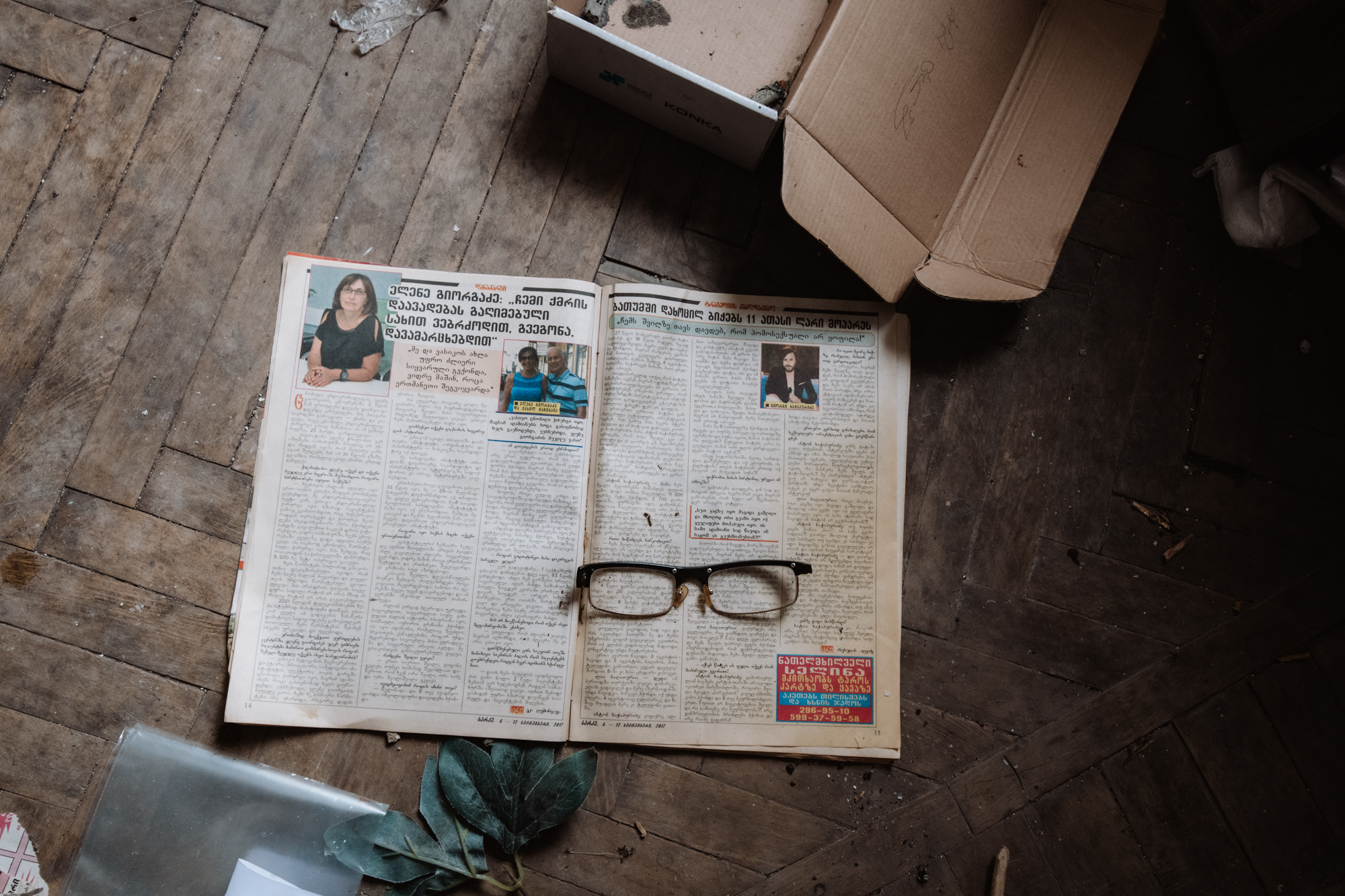
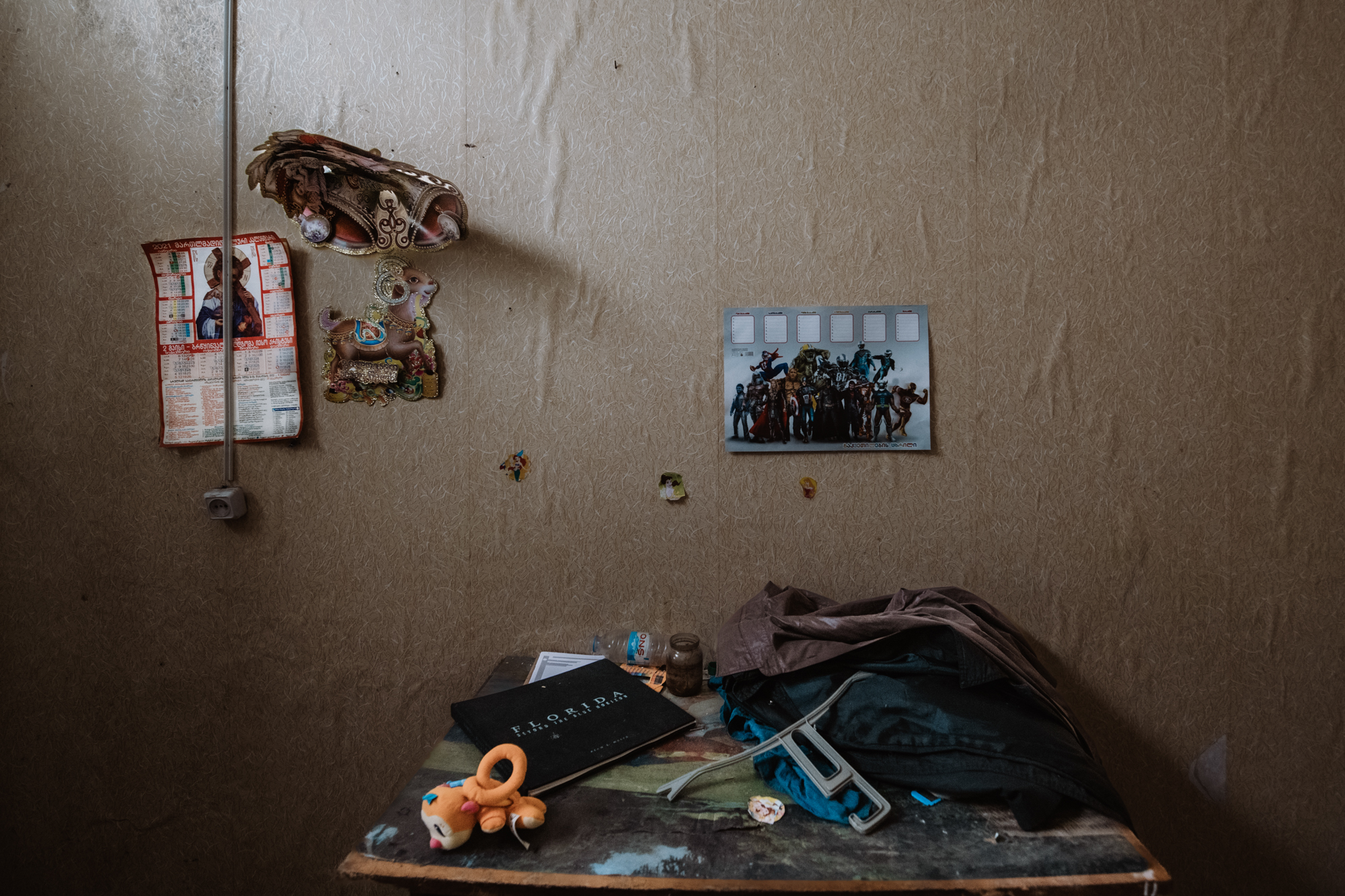
A few hundred meters from the shiny white columns of the "Stalin's Bath", there is an old hotel with blackened walls and cracked windows. Rotten wood on the balconies, makeshift curtains to cover the holes and some battered satellite antennas that emerge from the terraces. In its heyday it was a "sanatorium", now refugee families live there.
2023 represents a dramatic anniversary for many of them who have been living in a situation of total degradation for three decades, continuing to occupy the old 'sanatoriums' now reduced to crumbling and unsafe structures. The Georgian police do not want people to visit these places, perhaps to hide the partial inefficiency of the government which has not yet managed to find alternative housing for the remaining families.
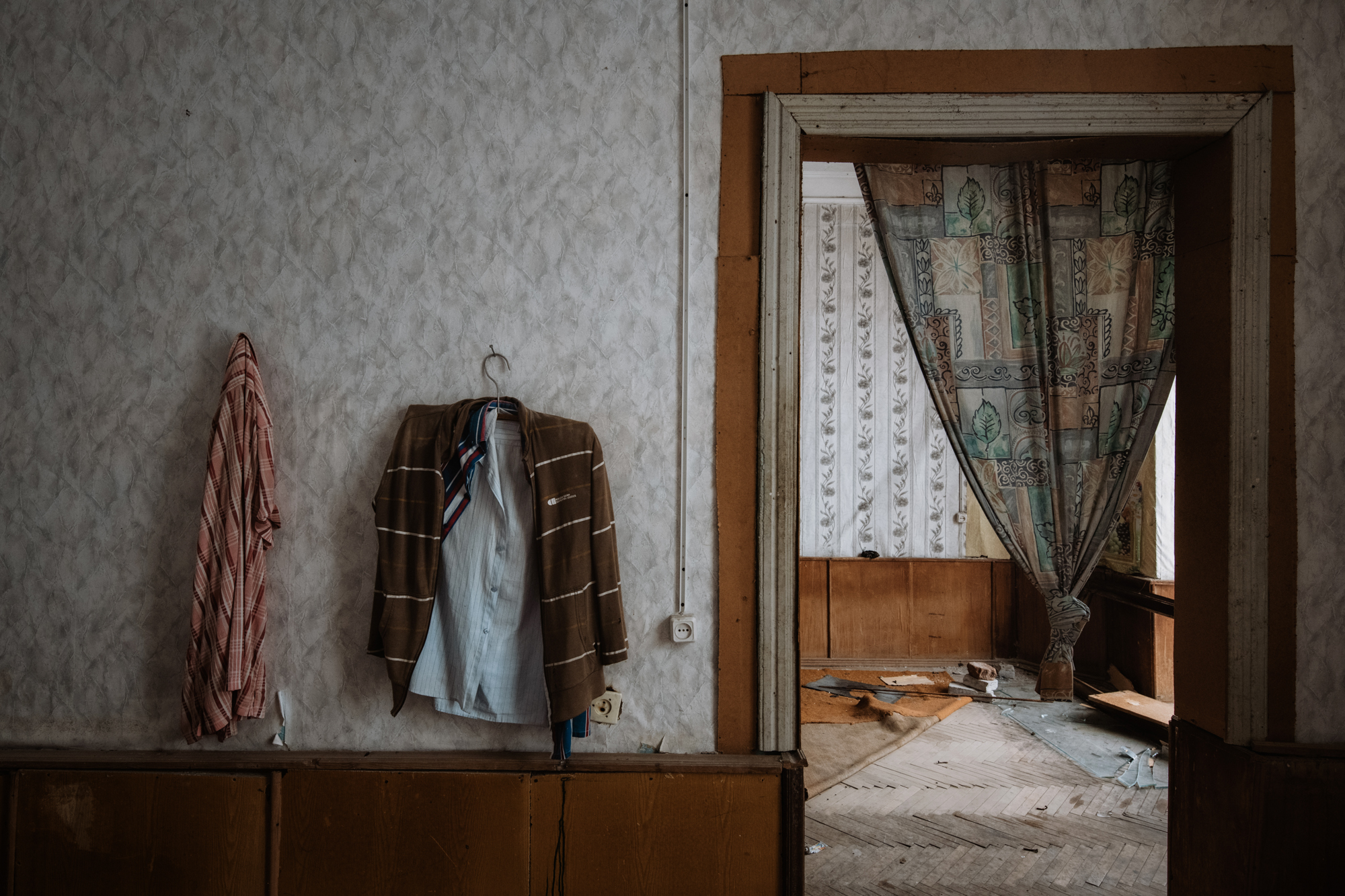
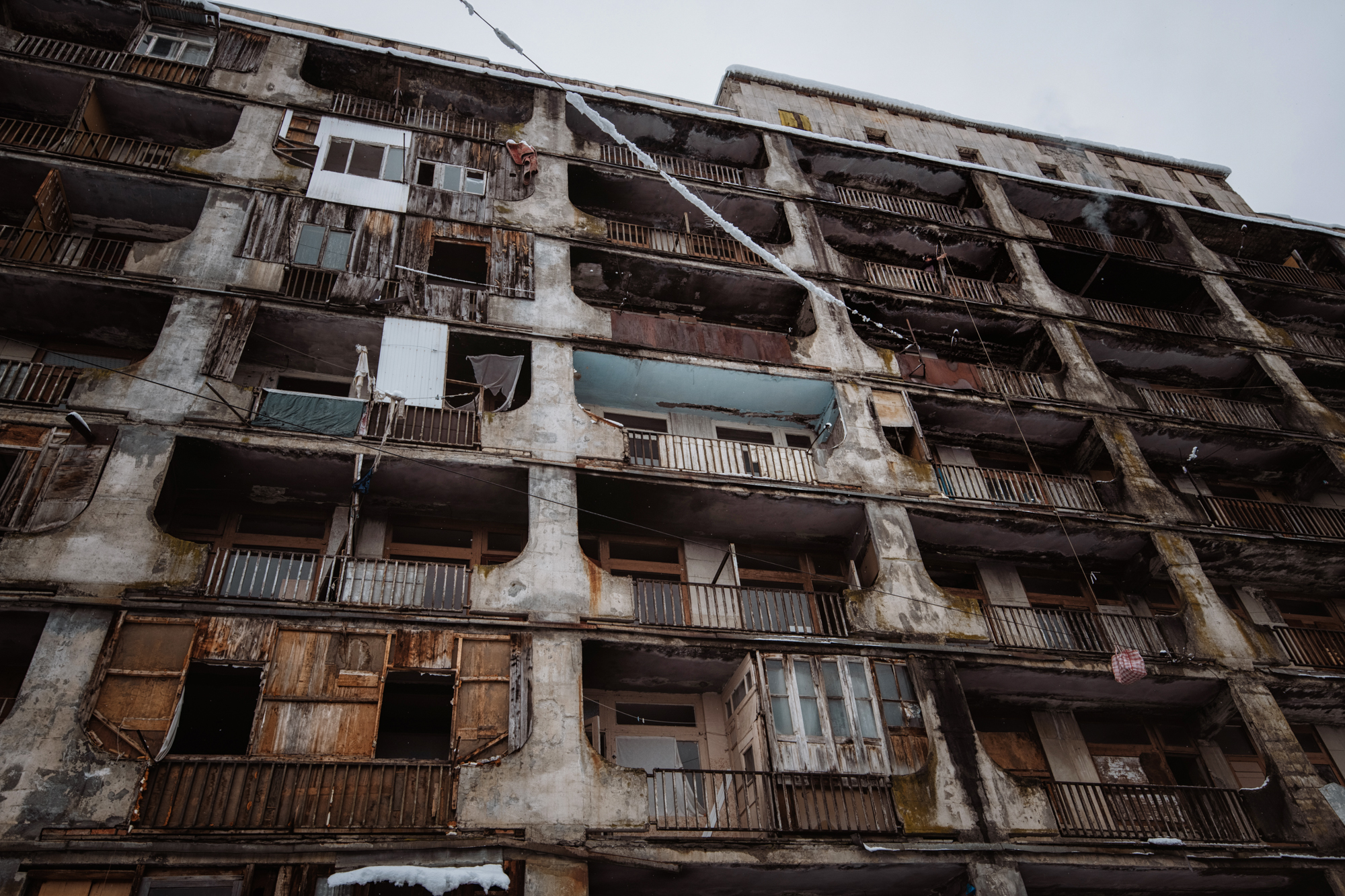
Entering the park and climbing the stairs in front of the main entrances, one can imagine how beautiful these buildings were. Powerful architectures with arches supported by huge marble columns. Elegant stairways that converge in large colonnaded halls. Walking through the corridors now destroyed by time, you come across objects that underlie stories: a worn suitcase, an elegant woman's shoe, a pair of broken glasses.
Who knows what stories behind each of these things.
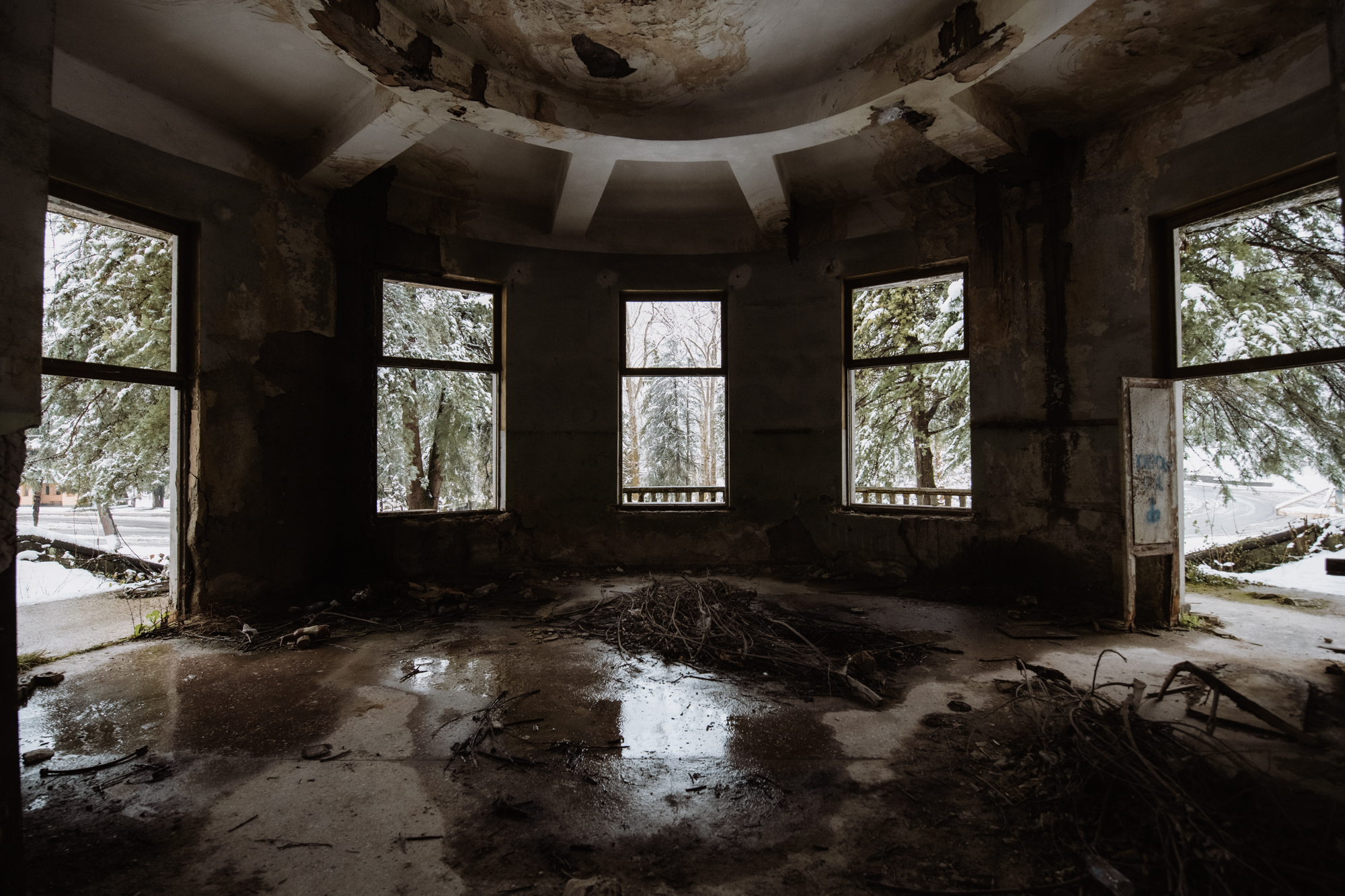
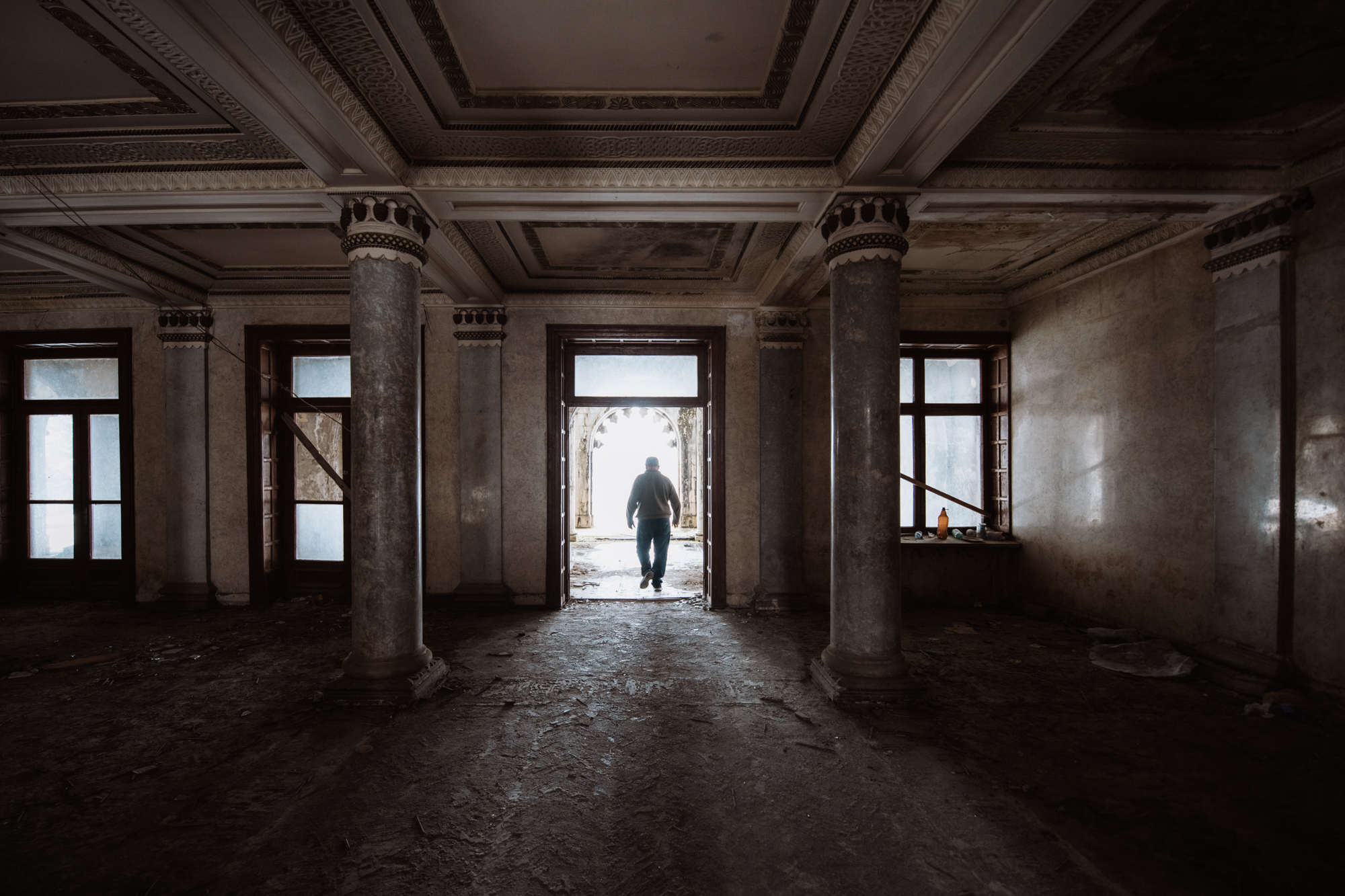
Like that of Gucha, one of the few remaining occupants in the old houses that were the lodgings of the athletes of the large sports hall: 'I was a soldier and I fought against the Russians during the war, but then I had to flee and take refuge here with my wife in Tskaltubo.' He proudly flashes his war veteran's ID card, scant consolation after fighting to defend his homeland. His wife, Tarejan, has not lost her smile and sense of hospitality.
In many buildings life is perceived, but not observed. In the morning the 'rooms' remain empty. A few clothes hanging on the walls, perhaps the only clean change. A book on Florida (perhaps an impossible dream), calendars that mark a time that never seems to pass. A few illustrations on the peeling walls where the wallpaper has now worn out.
The image of the Madonna and some saints so as not to lose hope for a better future. Someone has found a job as a taxi driver, but doesn't have enough money to find new accommodation. Local photographers take a newly wed couple to do the 'exteriors' in these decadent places, a sort of unaware of Dark Tourism.

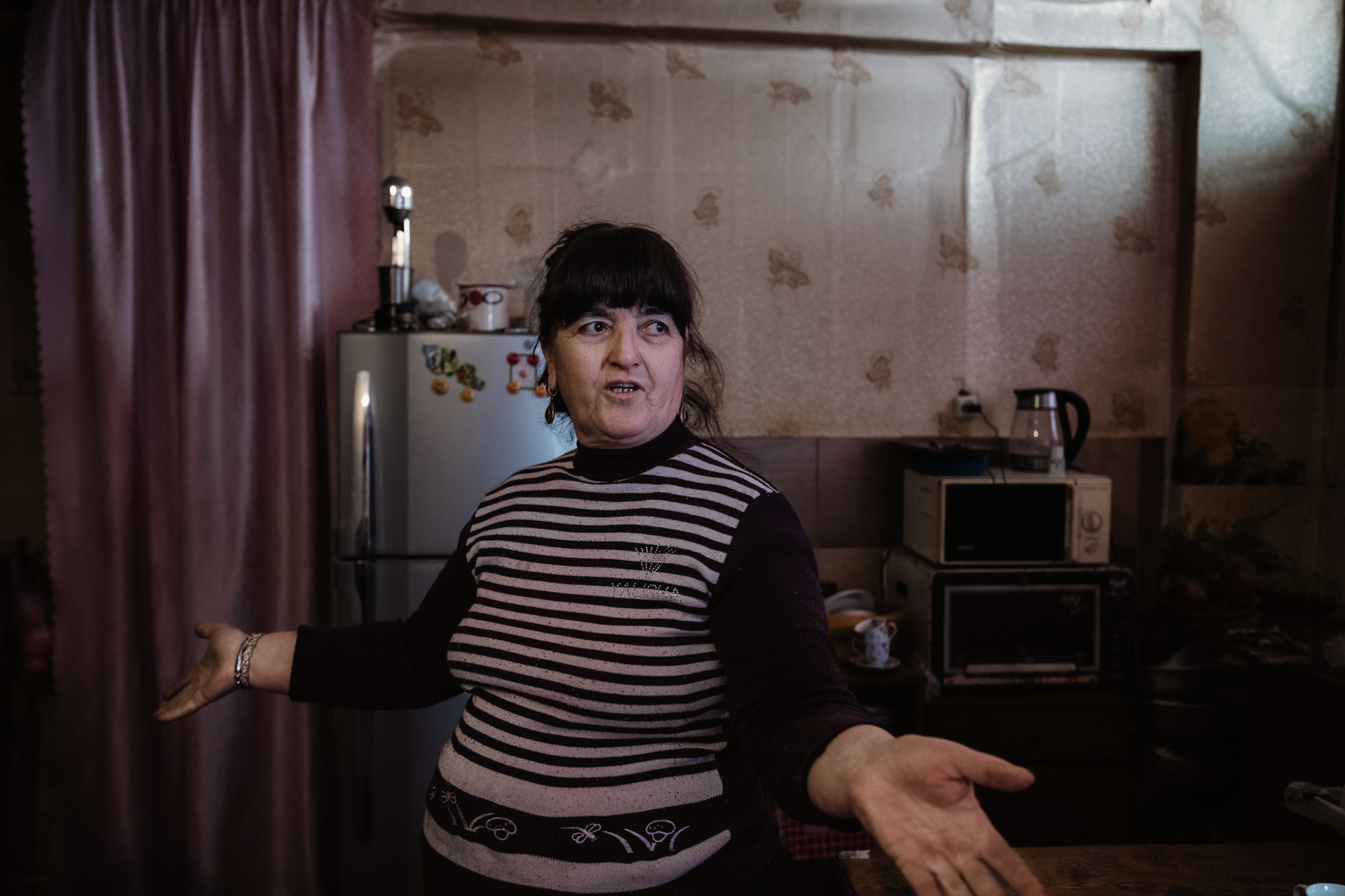
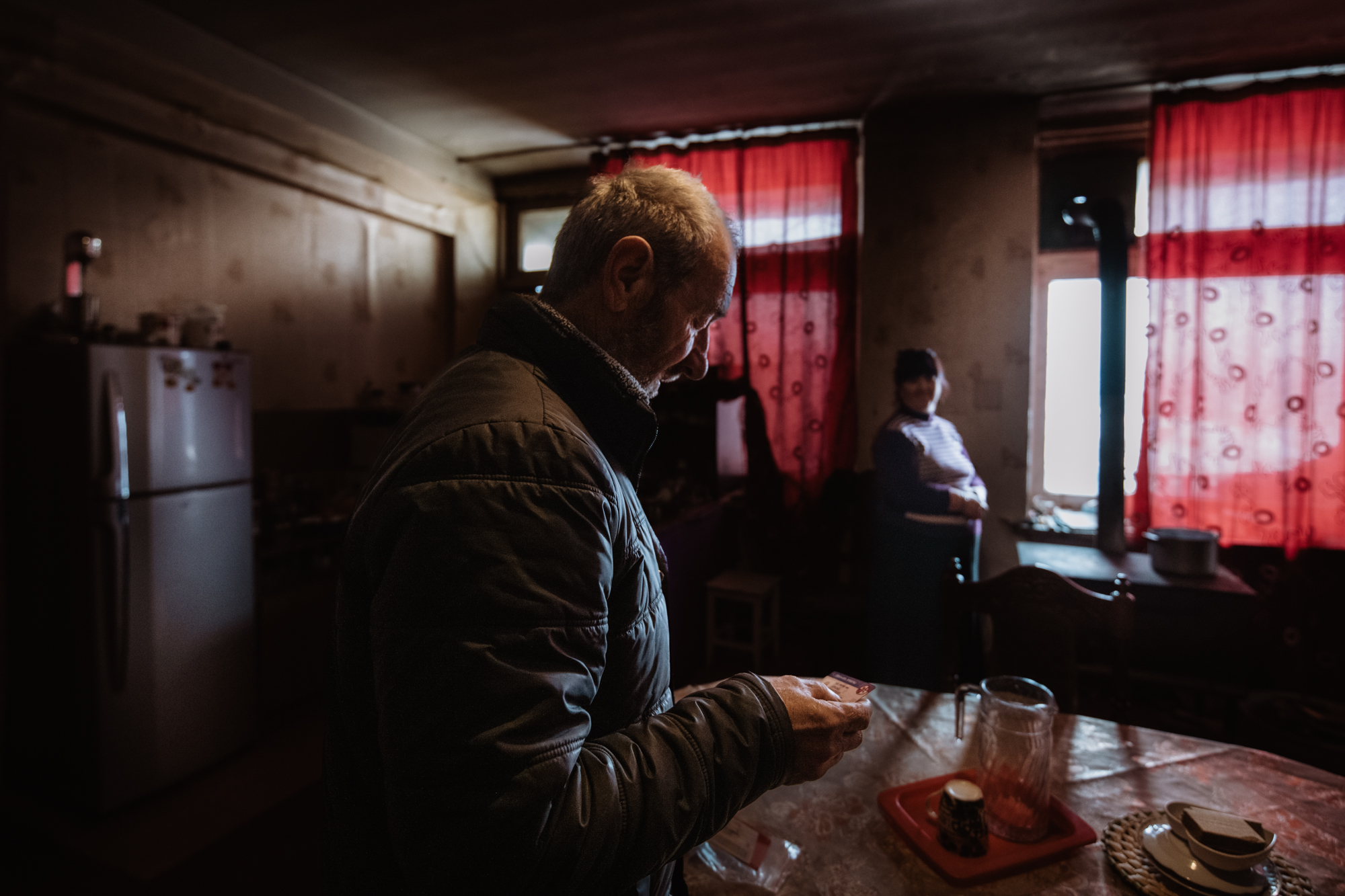
On September 30, Abkhazia celebrates "Independence Day". On that day, in 1993, the entire region (with the exception of the Kodori gorge) came under the control of the independence activists. In Georgia, on the other hand, September 27 of the same year is remembered with particular pain, the day of the fall of Sukhumi, the last Georgian bastion in Abkhaz land.
Edoardo Agresti/S4C
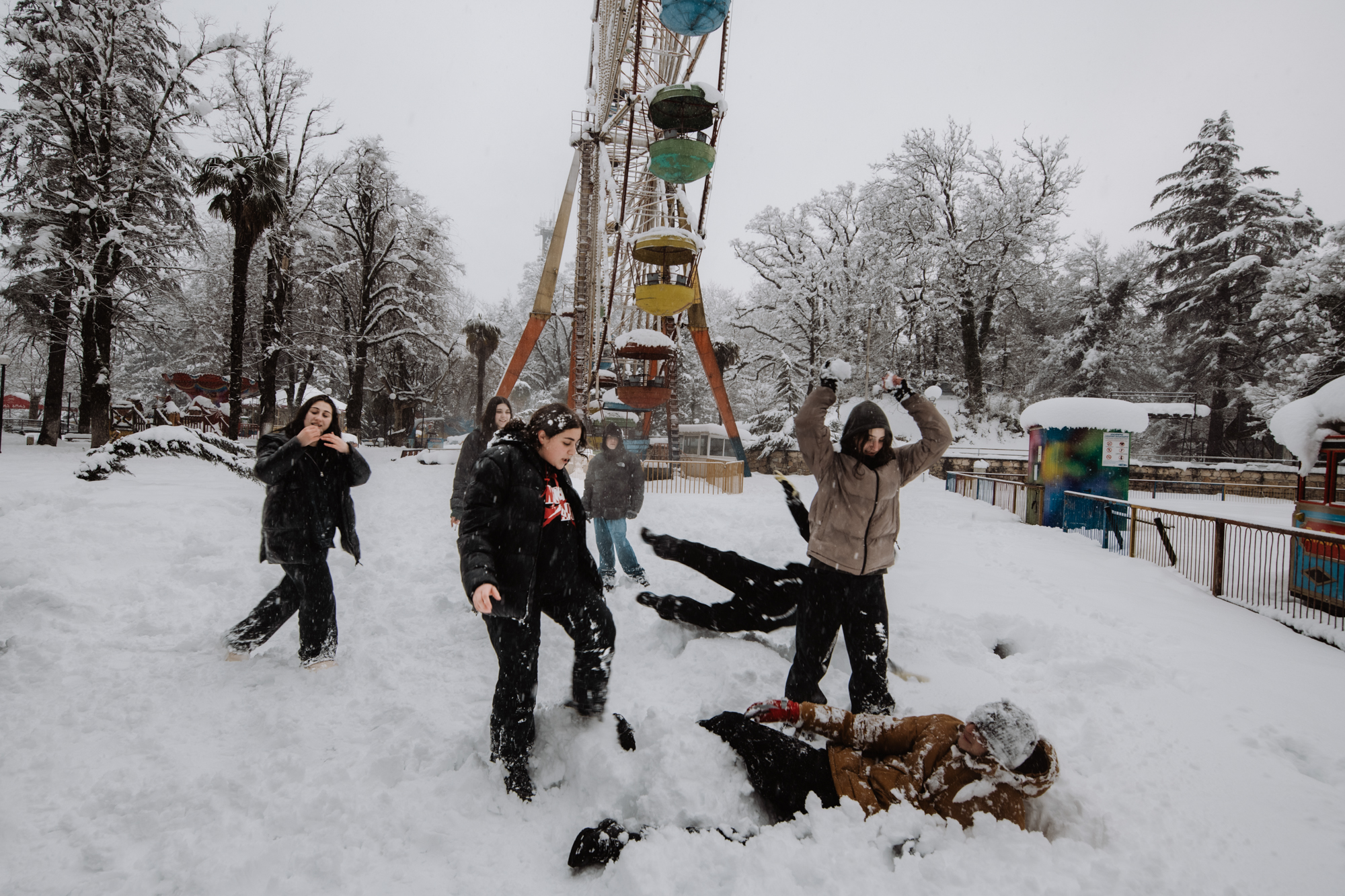
-
0
-
0Shares


There are no comments
Add yours